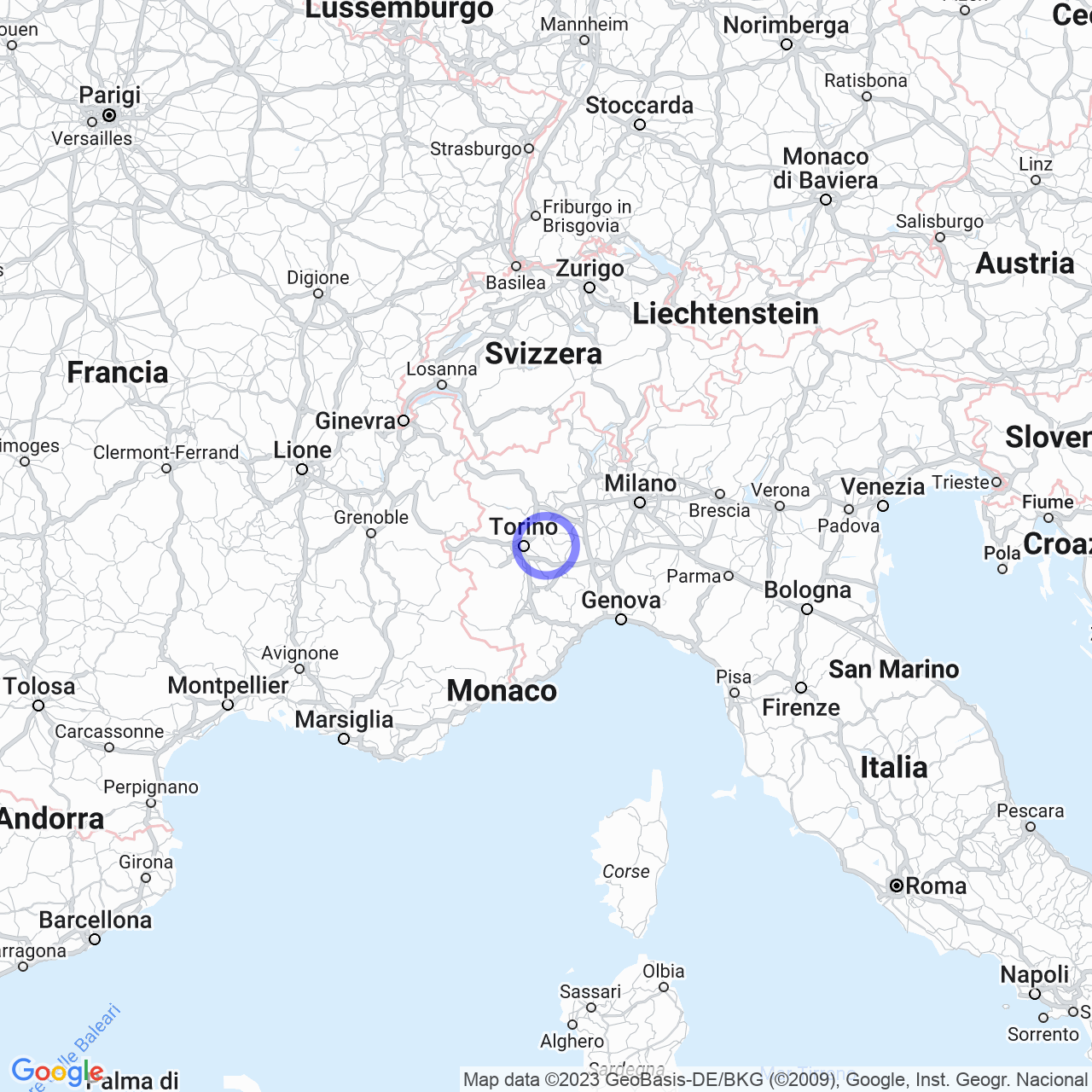Albugnano
Discover Albugnano: a balcony over Monferrato
If you're looking for a peaceful place to relax and enjoy a breathtaking view, then you have to visit Albugnano. This small village in the province of Asti, in Piedmont, counts a little over 500 inhabitants and is famous for its lookout, that offers a splendid panorama over Monferrato. In this article, we will guide you in discovering Albugnano, from its origins to its history, from its symbols to its physical geography.
Physical geography
Albugnano is located in the lower Monferrato, at 549 meters above sea level. The village extends over an area of 950 hectares, between the Rio Nevissano to the west and the Rio Meisina to the east, and is surrounded by vineyards and woods. Thanks to its privileged location, Albugnano is defined as the "balcony over Monferrato". In fact, from the lookout located at its highest point, one can admire a vast panorama that ranges from the Maritime Alps to the Cottian Alps, with numerous villages that extend at our feet.

Origins of the name
The toponym Albugnano is traced back to the estate derived from the name "Albinius," "Albonius," or even "Albucius." However, the mention of a "Vallis Albignana" from the 12th century could suggest an origin of the term from the physical conformation of the terrain of whitish color, from the Latin "Albus." The hills of Albugnano are rich in fossils that farmers often discover during plowing. In fact, these lands were already inhabited during the Roman Empire, as demonstrated by archaeological findings.
History
Albugnano has an ancient and interesting history. During the reign of the Marquises of Monferrato, the village was surrounded by walls, but was besieged and conquered by the Astigians in 1292, and returned to the Monferrini the following year. The fortifications were restored in 1320, but were destroyed by the French at the hands of Marshal Brissac in the 16th century. Today, there is no trace of these military works. The history of Albugnano is intertwined with that of the Vezzolano Abbey, which held many of the rights over the comune's territory. Later, the rights passed under the auspices of feudal families, starting with the lords of Brozolo in 1002. Sovereignty over the territory passed to the Kingdom of Sardinia from the 17th century, being enfeoffed to the Benso family, then to the Gonteri family and finally to the Serra family. The village became a fief of the canons of Vezzolano, until 1800, when the entity was suppressed by the Napoleonic government. In the early 1900s, Albugnano hosted Queen Margherita of Savoy. In her honor, a road in the historic center was named after the sovereign.
Symbols
The coat of arms and the banner of the comune of Albugnano were granted by decree of the President of the Republic on November 21st, 1996. The coat of arms is made up of a shield with the castle of Albugnano in the center. The banner is formed by a yellow flag bordered in blue.
The symbol of the village is also visible in the triptych placed on the altar of Vezzolano, where the statue of Charles VIII of France is located.
Now that you've learned more about Albugnano, all that's left is to visit it in person and enjoy its panoramic view!
